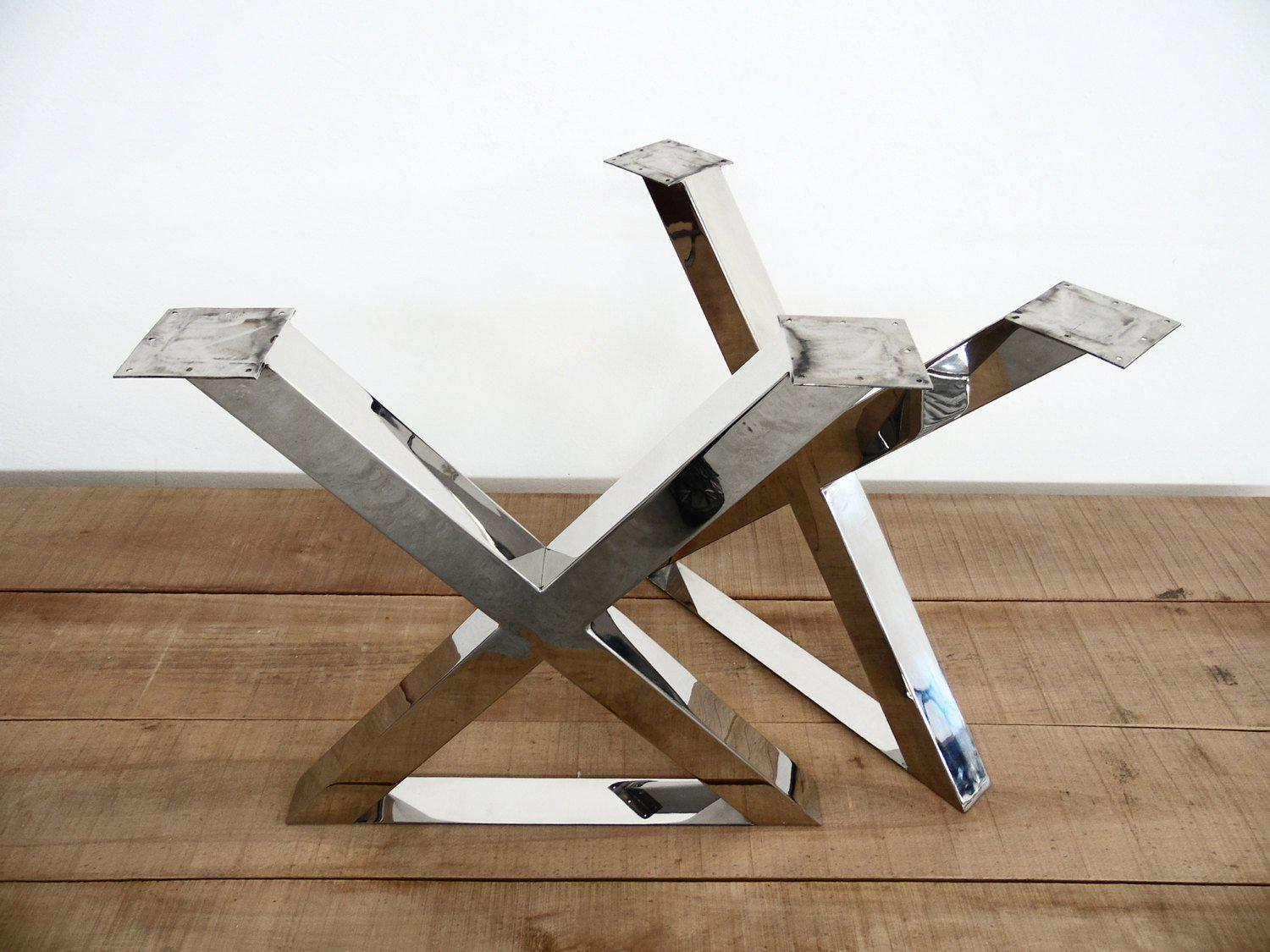Dining Room Table Legs That Integrate Performance and Modern Design
Dining Room Table Legs That Integrate Performance and Modern Design
Blog Article
A Detailed Look at Table Leg Styles: Locating the Suitable Match
Selecting the ideal dining table leg style is crucial for both visual appeal and functional functionality. For those with larger tables, trestle legs make certain durable assistance, whereas hairpin legs present a mid-century modern-day vibe with their minimal layout. The x-shaped legs blend modern style with boosted security.
Standard Four Legs
Among the numerous kinds of dining table leg styles, the typical four-leg style stays an ageless selection for several families. This classic arrangement supplies an unified blend of capability and aesthetics, making it a perennial favorite. 4 legs give balanced support, ensuring the table stays stable and with the ability of bearing considerable weight. This is particularly useful for families that frequently host large celebrations or use their eating table for numerous objectives, such as job or crafting.
From a visual point of view, the conventional four-leg style can be quickly adapted to various interior designs. Whether crafted from timber, metal, or a mix of products, these legs can be elaborately sculpted, streamlined and minimalistic, or anything in between. Their adaptability permits them to complement both rustic and contemporary settings effortlessly.
Additionally, the uncomplicated framework of the four-leg design facilitates ease of activity and positioning within a room. Unlike more facility bases, this design lessens obstructions, giving ample legroom for restaurants. In summary, the traditional four-leg table leg style marries sustaining beauty with practical capability, making it a sharp choice for those looking for both form and feature in their dining furniture.
Stand Base
Often commemorated for its sophisticated and space-efficient layout, the pedestal base is a recognized choice to the traditional four-leg arrangement in dining table leg styles. Without corner legs, diners are paid for better freedom of movement, making it an optimal selection for round and oblong tables that advertise even more intimate and comprehensive events.
The central column itself provides a canvas for elaborate designs and creative expressions, including a component of aesthetic rate of interest underneath the table. In recap, the pedestal base incorporates capability with style, making it a fine-tuned and sensible alternative for diverse eating atmospheres.
Trestle Legs
Trestle legs provide a durable and timeless foundation for eating tables, identified by their horizontal cross-bracing and tough assistance beams. Stemming from middle ages times, this design has actually progressed yet kept its essential structure, making it a seasonal favorite in both typical and contemporary setups. The main trestle light beam, commonly supported by 2 or more upright posts, uses outstanding stability, enabling bigger table lengths without the demand for additional legs.
A considerable advantage of trestle leg tables is the enough legroom they supply. Unlike tables with 4 corner legs, the absence of blockages at the table's edges gives unimpeded area for chairs and restaurants, enhancing comfort and availability. This makes trestle tables optimal for suiting larger events, whether in an eating area or a banquet hall.
The visual flexibility of trestle legs is significant. Readily available in a variety of materials such as wood, steel, and composite, they can be ended up to match a large range of interior styles. From rustic farmhouse to smooth modern-day layouts, trestle legs can be personalized to match specific tastes. Their enduring appeal and functional benefits make trestle legs a compelling option for those seeking both style and usefulness in their dining table.
Hairpin Legs

The charm of barrette legs depends on their simpleness and adaptability - dining room table legs. Readily available in a variety of products, including steel and brass, they can be finished in countless colors to match various interior styles. Whether matched with a rustic wooden table top or a contemporary glass surface, barrette legs effortlessly blend performance with a touch of classic beauty
Sturdiness is another remarkable attribute of barrette legs. Despite their delicate get redirected here appearance, these legs are crafted to birth considerable weight, making certain the dining table remains stable and safe. Furthermore, they are relatively easy to set up, making them a prominent option for do it yourself fanatics and specialist furnishings makers alike.
X-Shaped Legs

Constructed from products such view publisher site as steel, wood, or a mix of both, X-shaped legs can be customized to match various layout preferences. Steel legs often lend a smooth and industrial feel, perfect for loft-style apartments and contemporary eating rooms. On the other hand, wooden X-shaped legs supply a warmer, much more rustic allure, suitable for farmhouse or eclectic interiors. The convenience in products allows house owners to personalize their table to much better fit their total design plan.
Furthermore, the design behind X-shaped legs ensures even weight distribution, lessening the threat of tottering and boosting durability. This makes them particularly well-suited for bigger table that call for added assistance. Essentially, X-shaped legs mix sensible design with contemporary visual appeals, making them an ageless selection for diverse eating settings.
Verdict
A detailed understanding of eating table leg styles exposes the distinct qualities and benefits of each design. Traditional four legs provide security and ageless appeal, while pedestal bases provide legroom and a structured look. Trestle legs make certain durable support for larger tables, and barrette legs present a mid-century contemporary aesthetic. X-shaped legs incorporate modern layout with boosted security. Selecting the appropriate leg design makes sure both practical and aesthetic satisfaction in any eating area.
Report this page